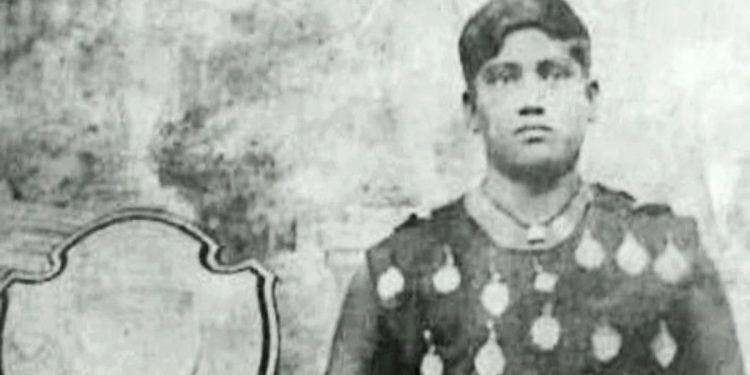Hamida Banu Early Life and Background
Hamida Banu was born in the 1920s in India into a family with a strong wrestling tradition. Though the exact details of her early life are sparse, it’s clear that she grew up in a conservative town where wrestling was primarily viewed as a male-dominated sport. Despite the societal limitations of the time, Banu’s upbringing instilled in her a passion for wrestling that would eventually lead her to break barriers and make a significant mark in the sport’s history.
A Pioneering Path to Wrestling
At a time when women’s participation in sports was both limited and frowned upon, Hamida Banu dared to enter the wrestling arena, defying patriarchal norms and societal expectations. Wrestling was typically reserved for men due to its association with attributes such as force, aggression, competitiveness, and physical power. For women to engage in such physical activity was considered indecent, and female athletes were often subjected to sexualization and bias. Despite these obstacles, Banu pursued her passion for wrestling, demonstrating a strong will and a fighting spirit.
Rising to Fame
Banu’s journey as a wrestler gained momentum in the 1940s and 1950s. During this period, she became one of the first female wrestlers from India to compete against male opponents, earning recognition for her incredible skills and charismatic personality. Her achievements in the wrestling world were groundbreaking, as she won more than 320 matches during her career, a feat that remains impressive by any standard.
The Challenge: “Beat Me in a Bout and I’ll Marry You”
In February 1954, at around 30 years of age, Banu made a unique and bold challenge that captured the attention of the wrestling community and the broader public. She announced that she would marry any man who could defeat her in a wrestling match. This declaration was not only audacious but also emblematic of Banu’s defiance of traditional gender roles. Reports from that time indicate that she successfully defeated two male wrestling champions, one from Patiala in Punjab and the other from Kolkata (then known as Calcutta) in West Bengal.
Overcoming Gender Bias and Opposition
Banu’s entry into wrestling was met with significant resistance from a patriarchal society that could not accept a woman competing in a traditionally male domain. She faced not only the usual physical challenges of wrestling but also societal biases, insults, and a general lack of respect from her male opponents. Despite these hurdles, she continued to push boundaries, proving her worth and skill through her consistent victories.
Disappearance and Legacy
Despite her remarkable accomplishments and unique position as a pioneering female wrestler, Hamida Banu eventually disappeared from the public eye. The reasons for her sudden disappearance remain unclear, with little official record of her later life and career. This lack of documentation is regrettable, as it diminishes the recognition that Banu deserves for her achievements and the impact she had on the wrestling world and gender norms in sports.
Hamida Banu’s story is one of courage, determination, and breaking boundaries. She challenged traditional gender roles and religious structures to carve a path for women in wrestling, a sport heavily dominated by men. Her legacy serves as a reminder of the many contributions of women that often go unrecognized or uncelebrated. Despite the mystery surrounding her later life, her pioneering role in wrestling and her bold challenge to societal norms make her a significant figure in the history of Indian sports.













